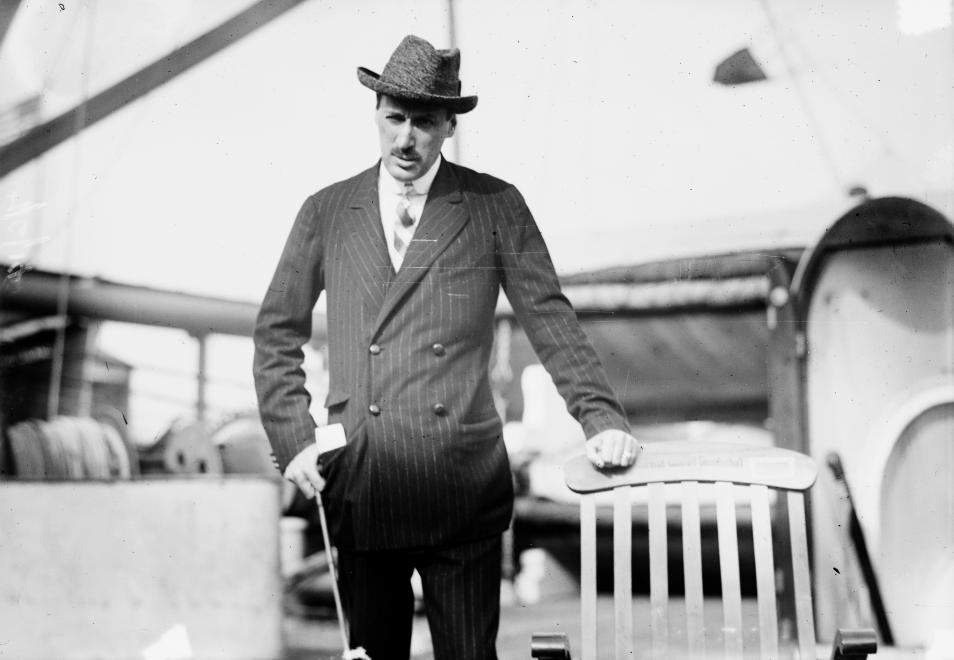The end of WWI in Hungary: the war minister did not want to see soldiers anymore – photos, video

After Austria-Hungary’s defeat in the Battle of Vittorio Veneto, many soldiers tried to get home as soon as possible since they knew the war was lost. Thus, at the beginning of November, Budapest and Hungary were full of armed and desperate men who suffered for more than four sorrowful years in the trenches of the Russian, Romanian, Macedonian and Italian fronts. Thus, the newly-appointed Hungarian war minister said that he never again wants to see a soldier. However, at the same time, the neighbouring countries were planning their attack to cut out the biggest part possible from Hungary.
The hinterland was defeated
At the end of October and at the beginning of November the United States-supported Entente powers were mostly sure that they were going to win the WWI. Even though the central powers were not totally defeated on the battlefields, their hinterland laid already “in ruins”. Of course, not because buildings were bombed to the ground or there was no place to hide from the approaching armies of the enemies like in WWII. It was because
their people were starving since at least 1915
which resulted in an ever-growing rejection of the war. And because they lost the arms race with the Entente years before so, broadly speaking, it was nothing to fight with. To make matters worse, Spanish flu claimed the life of tens of thousands of mostly young people every month.

One after the other, Turkey and Bulgaria laid down arms. Germany stood at least more or less ethnically unified at the brink of defeat but for the multinational Habsburg Monarchy, there was no way out from the war. Austro-Hungarian forces suffered their last military defeat from the US-backed Italian forces in the Battle of Vittorio Veneto (Italy) between 24 October and 3 November. Many divisions
fought bravely even in this last battle
for their honour, for their country or for their Emperor and King. But many turned their back and tried to go home the moment the enemy started shelling their position. At the end of October, the peoples of the Monarchy declared one after the other their need for union with their mother state or become independent.
Collapse and incompetent government in Hungary
In Budapest, the Aster Revolution won on October 31st and Emperor Charles IV nominated Mihály Károlyi Prime Minister who took his office immediately. At the same day, deserters killed former PM István Tisza who was the greatest political opponent of Károlyi and became a symbol of the war. Many say even today that headquarters of the new PM organized the action.

In fact, the situation in the country was terrifying. Peasants revolted against nobles, the church or local Jewish shop owners while there was almost no food in the cities.
Most soldiers coming back from the fronts were looting almost everywhere
using even their weapons to get food. Finally, the Slovaks, Romanians, Croats and Serbs declared to join Serbia, Romania and Czechoslovakia.
It was the Károlyi-government’s task to demobilize hundreds of thousands of angry and out-at-elbows soldiers and send them home to their starving and dying families. Furthermore, they should have negotiated an acceptable peace treaty after the defeat and despite the Entente embargo provide food, firewood and coal for the starving and freezing citizens. Besides, they had to create a totally independent administration, hold fully democratic elections and distribute land among the land-hungry peasants – just to mention their most urging tasks.

Most Hungarian Historians agree that not only the obstacles were almost untameable but also PM
Károlyi and his government were indecisive, precipitous and mediocre.
Out of the above-mentioned tasks, they only managed to disarm the soldiers. However, they did so without creating a new and loyal army that could have protected the country from the Czechoslovakian, Romanian and Serbian forces that started to invade it at the beginning of November. A defenceless Hungary was easy to occupy which contributed a lot to the Peace Treaty of Trianon by which 2/3rd of the former territory and more than 3.3 million Hungarians were given to the hostile neighbours who all wanted to create a nation-state thus, assimilate local Hungarians.
Here is a video about the invasion of Hungary:
Featured image: American soldiers throwing grenades near the Piave River. Wiki Commons
Source: Daily News Hungary





